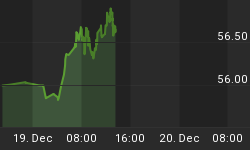
With Charles Hugh Smith & Gordon T Long
26 minutes
Charles Hugh Smith and Gordon T Long discuss the failed Japanese Economic Model and what it means for those nations following the Japanese path of QE and then QQE.
It's not just about Japan as a nation failing -- but that it's critically important to understand that the model Japan followed in the postwar era is failing.
Japan reached preeminence via an Asian-specific form of Capitalism with these four characteristics:

Four Failed Pillars - Lessons Learned
1. Integration of government ministries and private-sector cartels,
2. Heavy reliance on export sectors for growth and profits,
3. Domestic savers provide the capital for export expansion,
4. Defaults and write-offs of bad debt cause loss of face and are thus hidden from public view
Charles Hugh Smith spells out why all four have failed.
This model will fail in every nation that relies on it.
Japan's response to the failure of its growth model is not a solution but an additional problem:
-- Expanding fiscal deficits to enable more government spending,
-- Monetizing government debt (Bank of Japan creates money and uses it to buy government bonds)
Is Japan's economy unique in the world? Yes and No.
YES: It is an island state with a homogeneous populace that is culturally attuned to producing high quality goods, saving money and sacrificing individual interests in favor of the greater good. That is unique.
NO: But the mercantilism, state-capitalist, debt-dependent model is not unique -- it has been copied by other developing nations as the gold standard for rapid development."
Japan has marched down the road that all the other developed economies are presently marching down.
















